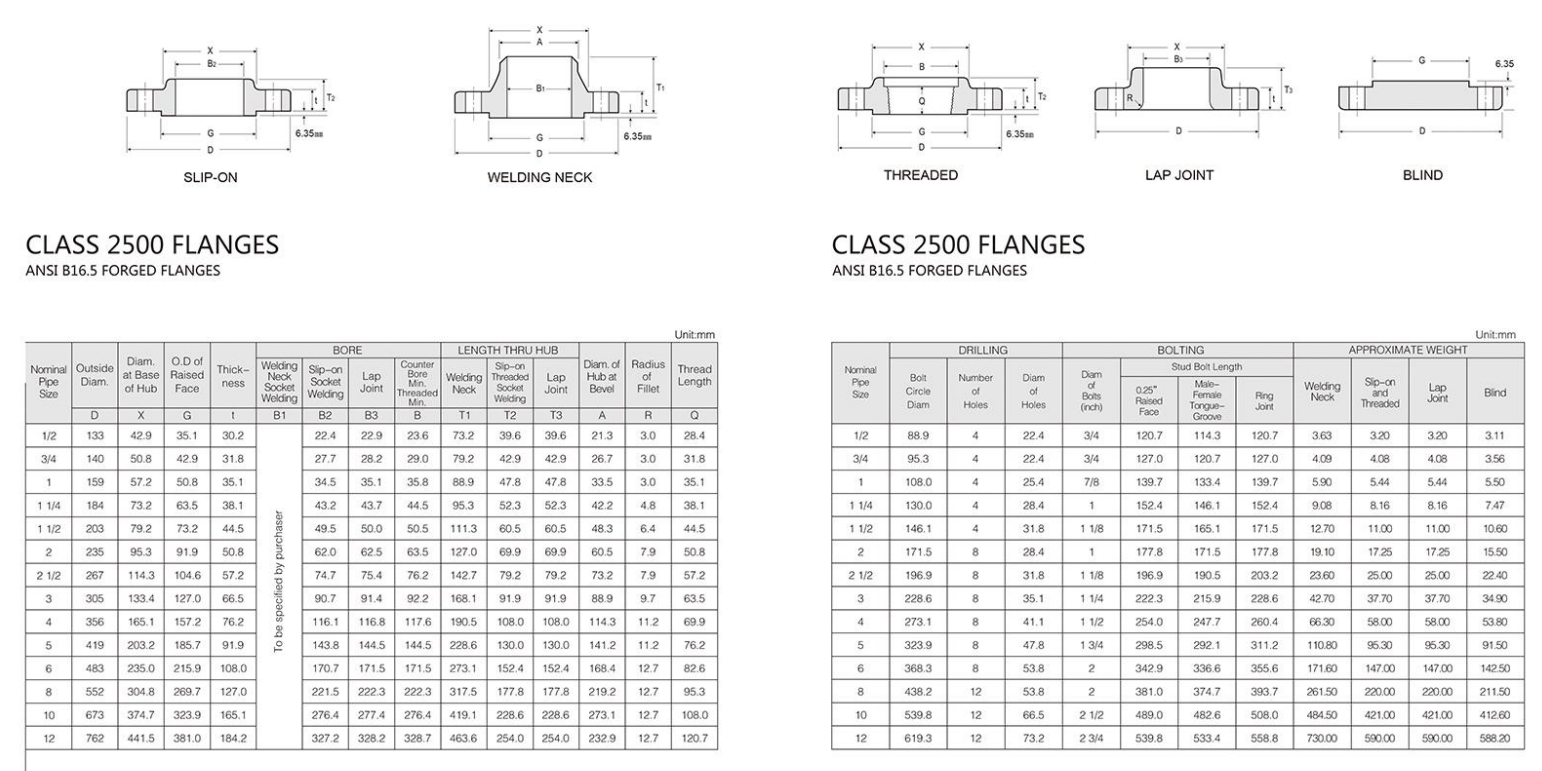-
Cangzhou Yulong Steel Co., Ltd.
-
Phone:
+86 13303177267 -
Email:
admin@ylsteelfittings.com
- English
- Arabic
- Italian
- Spanish
- Portuguese
- German
- kazakh
- Persian
- Greek
- French
- Russian
- Polish
- Thai
- Indonesian
- Vietnamese
- Zulu
- Korean
- Uzbek
- Hindi
- Serbian
- Malay
- Ukrainian
- Gujarati
- Haitian Creole
- hausa
- hawaiian
- Hebrew
- Miao
- Hungarian
- Icelandic
- igbo
- irish
- Japanese
- Javanese
- Kannada
- Khmer
- Rwandese
- Afrikaans
- Albanian
- Amharic
- Armenian
- Azerbaijani
- Basque
- Belarusian
- Bengali
- Bosnian
- Bulgarian
- Catalan
- Cebuano
- China
- China (Taiwan)
- Corsican
- Croatian
- Czech
- Danish
- Esperanto
- Estonian
- Finnish
- Frisian
- Galician
- Georgian
- Kurdish
- Kyrgyz
- Lao
- Latin
- Latvian
- Lithuanian
- Luxembourgish
- Macedonian
- Malgashi
- Malayalam
- Maltese
- Maori
- Marathi
- Mongolian
- Myanmar
- Nepali
- Norwegian
- Norwegian
- Occitan
- Pashto
- Dutch
- Punjabi
- Romanian
- Samoan
- Scottish Gaelic
- Sesotho
- Shona
- Sindhi
- Sinhala
- Slovak
- Slovenian
- Somali
- Sundanese
- Swahili
- Swedish
- Tagalog
- Tajik
- Tamil
- Tatar
- Telugu
- Turkish
- Turkmen
- Urdu
- Uighur
- Welsh
- Bantu
- Yiddish
- Yoruba

Dec . 01, 2024 11:02 Back to list
galvanized pipes in homes
Understanding Galvanized Pipes in Homes A Comprehensive Guide
Galvanized pipes have been a significant part of residential plumbing systems for many decades. Predominantly made of steel and coated with a layer of zinc, these pipes were commonly used in homes built before the 1960s. The protective zinc coating prevents corrosion and extends the lifespan of the pipes, making them a popular choice for water supply lines in an era where more resilient materials were not yet available.
The Benefits of Galvanized Pipes
One of the main advantages of galvanized pipes is their durability. The zinc coating not only protects the steel from rust and decay, but it also resists scratches and other physical damage. Galvanized pipes can handle high water pressure and are less prone to burst compared to some other materials. This made them a favored choice for contractors and builders in the mid-20th century when construction standards heavily relied on the longevity of plumbing systems.
Another benefit is the resilience of galvanized pipes to certain environmental factors. In areas with fluctuating temperatures, galvanized pipes can withstand thermal expansion and contraction better than plastic alternatives. Additionally, their robust structure allows them to be used in both residential and commercial settings.
The Drawbacks of Galvanized Pipes
Despite their many advantages, galvanized pipes have several notable drawbacks. Over time, the zinc coating can erode, leading to rust building up inside the pipe. This rust can cause blockages, reduce water flow, and even lead to leaks. Homeowners might notice reddish-brown water or a decline in water pressure, both signs that the pipes could be corroding.
Moreover, galvanized pipes can contribute to water quality issues. The corrosion that occurs over time can lead to lead contamination, especially if the pipes were installed in older homes where lead soldering may have been used. Although current regulations limit lead use in plumbing, older systems may still be at risk.
galvanized pipes in homes

Replacement and Modern Alternatives
In light of the potential issues associated with galvanized pipes, many homeowners with older plumbing systems consider replacing them with modern alternatives. Materials such as copper, PEX (cross-linked polyethylene), and CPVC (chlorinated polyvinyl chloride) have become increasingly popular.
Copper pipes are known for their longevity and resistance to corrosion, while PEX is flexible, easy to install, and resistant to scale and chlorine buildup. CPVC pipes also offer excellent corrosion resistance and are a cost-effective option for many homeowners. Transitioning to these materials can solve many of the problems associated with aging galvanized systems, ensuring cleaner water and more reliable plumbing.
Maintenance and Inspection
If your home still utilizes galvanized pipes, regular maintenance and timely inspection are crucial. Homeowners should make it a priority to have their plumbing system evaluated by professionals. Plumbers can check the condition of the pipes through tools such as plumbing cameras, which can identify blockages and areas of corrosion without invasive techniques.
Additionally, homeowners can take proactive measures to protect their plumbing systems. Ensuring that the water pressure in the home is within the normal range and checking for leaks frequently can help maintain the integrity of existing pipes.
Conclusion
In conclusion, galvanized pipes played an essential role in the development of modern plumbing systems, providing durability and resilience for many years. However, as technology and materials have advanced, the limitations of galvanized pipes have become more apparent. Acknowledging the signs of wear and tear, understanding the risks associated with these pipes, and considering modern alternatives will help homeowners maintain safe and efficient plumbing systems. If you live in an older home and suspect your plumbing system may be outdated, consulting a plumbing professional can save you considerable trouble in the long run. Embracing newer materials ensures that your home remains a safe haven with reliable water delivery systems.
Latest news
-
ANSI 150P SS304 SO FLANGE
NewsFeb.14,2025
-
ASTM A333GR6 STEEL PIPE
NewsJan.20,2025
-
ANSI B16.5 WELDING NECK FLANGE
NewsJan.15,2026
-
ANSI B16.5 SLIP-ON FLANGE
NewsApr.19,2024
-
SABS 1123 FLANGE
NewsJan.15,2025
-
DIN86044 PLATE FLANGE
NewsApr.19,2024
-
DIN2527 BLIND FLANGE
NewsApr.12,2024
-
JIS B2311 Butt-Welding Fittings LR/SR 45°/90° /180°Seamless/Weld
NewsApr.23,2024











